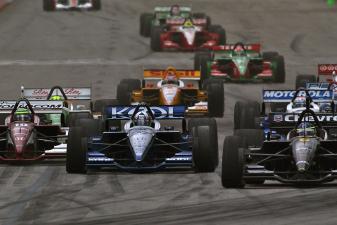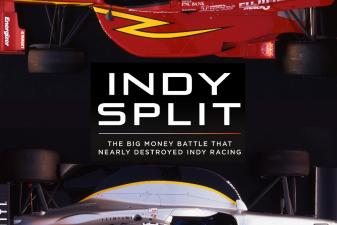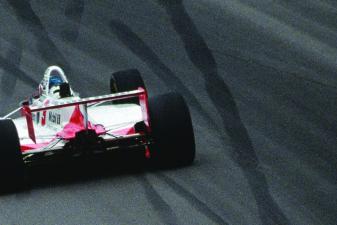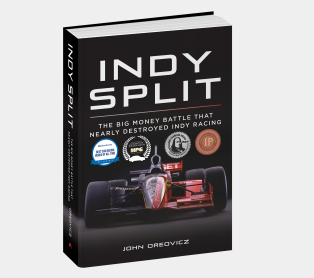Indy Split: Toxic Environment


Indy Split is a fascinating, authoritative and overdue account of the big money battle that nearly destroyed the sport of Indy car racing. The book traces the roots of Indy car racing’s dysfunction, which began in 1945 when Tony Hulman rescued the Indianapolis Motor Speedway from potential redevelopment. In this post, read about toxic politics of Indy racing in the 90's. Image: INDYCAR.
It’s difficult to describe the acrimonious state of Indy car racing in the mid-nineties. In a much smaller and closely-knit community, it was similar to the overall political climate in America twenty years later, when distrust and dislike between the two major parties became so intense that the pursuit of common goals and a desire to benefit the greater good often fell completely by the wayside. Battle lines were drawn, affiliations were determined, and disdain for what the other side represented was deep-seated and non-negotiable.
CART backers poked fun at the IRL’s sometimes scruffy older race cars and inexperienced, less pedigreed drivers; for the respective 1996 season openers, the IRL field totaled 797 Indy car starts and six race wins, half of which were achieved by Arie Luyendyk. The CART grid featured 1,616 starts and 124 wins. Meanwhile, IRL fans detested the greed-fueled budgets of the CART series, the “Mickey Mouse” street courses, the demographics of the “wine-and-cheese” fan base, and the overall foreign flavor of the field.
Tony George fueled the flames by publicly denigrating the very drivers who had made up the majority of the Indianapolis 500 field for the last decade. He contended that the field that would comprise the 1996 Indianapolis 500 was every bit as qualified as the men who would be racing at Michigan the same day.
“They’re race drivers,” George said. “They’ve competed and won at other levels, and there’s no magic to competing at this level.”
The reality is that all of the drivers were used as pawns in a dangerous game of chicken between Indianapolis Motor Speedway management and the CART team owners, with the Indianapolis 500 used as the ultimate bargaining tool.
“It’s not the driver’s choice—it’s the owner’s,” observed Menard Racing IRL driver Scott Brayton. “All I know is that it’s the Indianapolis 500. I don’t care who’s there. I want to be there and I know that’s where everybody else really wants to be. It’s still the one race that counts.”
“Obviously it’s a losing situation for everybody,” remarked two-time Indianapolis winner Emerson Fittipaldi, who angered many IMS fans when he drank orange juice in addition to the traditional milk after his victory in the 1993 Indy 500. “Who’s winning this? Nobody. Why do we have this situation? Someone has to answer that question. We [CART] have the most competitive open-wheeled series in the world, yet we’re going to be in Michigan in May, not Indianapolis. It’s a shame for our sport and so hard on my heart.”





